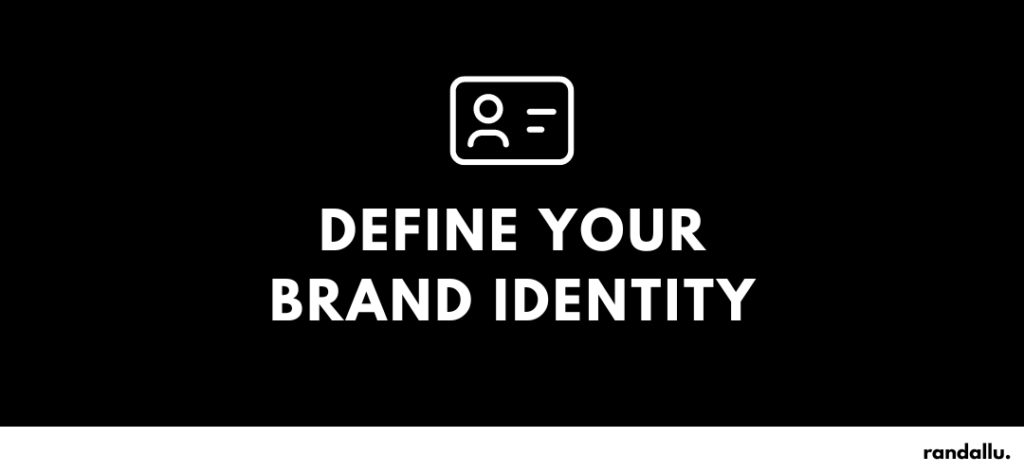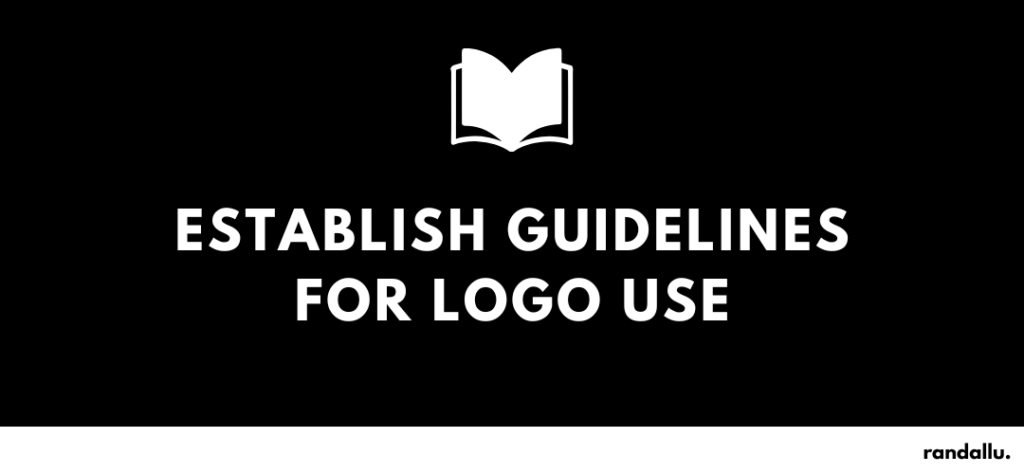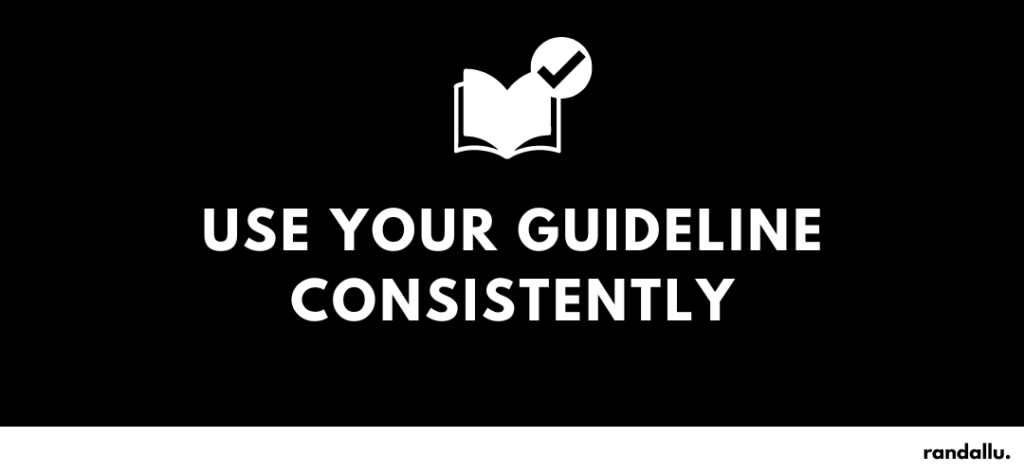How To Create A Brand Guideline [2023]
Learn how to create a simple brand guideline.
In today’s competitive business landscape, it’s more important than ever to establish a strong and consistent brand identity. A brand guideline helps you achieve this by setting a comprehensive set of conditions for all branding and marketing efforts. A brand guideline serves as a roadmap for creating a cohesive brand identity that resonates with customers, communicates the company’s values and mission, and sets it apart from competitors.
Brand guidelines are a fairly standard thing to see in larger businesses, but small businesses and individuals can also take advantage of consistent branding when creating an effective marketing strategy.
In this guide, I’ll be covering how to create a brand guideline for 2023 that is strong, clear, simple, and modern in five easy steps.
Let’s start with answering the two most common questions about brand guidelines.
What is a Brand Guideline?
A well-crafted brand guideline covers all aspects of a brand, from its visual identity to its messaging and content strategy. It includes details on the logo design, typography, color palette, imagery, and usage guidelines for all brand assets. It also outlines the tone of voice, messaging points, and content creation guidelines for all brand communications, such as social media, advertising, and website copy.
Why is a Brand Guideline Important?
A brand guideline is not just a document; it’s a living, breathing entity that evolves with the company’s growth and changing market dynamics. Regular reviews and revisions ensure that the brand guideline stays up-to-date with the company’s evolving needs and aligns with the latest branding trends and best practices
How To Create A Brand Guideline
Here are the steps to follow.
- Define your brand identity
- Create your visual identity
- Develop your tone of voice
- Establish guidelines for the use of your logo
- Consistently follow and update your guideline
1. Define Your Brand Identity

Purpose and Values.
Define the purpose and values of your brand to provide a foundation for all brand decisions and communications. What sets your brand apart and what is its mission?
Example: Patagonia
Purpose: “Build the best product, cause no unnecessary harm, use business to inspire and implement solutions to the environmental crisis.”
Values: Environmental Stewardship, Quality, Inclusivity and Diversity, Fair Labor Practices, Minimalism, Activism
Target Audience.
Identify your target audience to understand their needs and preferences, which will inform your brand messaging and positioning. Who are you trying to reach?
Example: Nike
Nike targets athletes, fitness enthusiasts, and sports fans. Their marketing campaigns and product offerings are geared towards individuals who lead active lifestyles and have a passion for sports and fitness. Whether it’s through innovative products, athlete endorsements, or motivational advertisements, Nike consistently communicates its message and values to its target audience.
Competitor Analysis.
Understand your competitors and what makes your brand unique compared to theirs. This will help you position your brand in the market.
Brand Personality.
Develop a personality for your brand to give it a human-like quality and help establish an emotional connection with your target audience. How does your brand speak, behave and interact with people?
2. Create Your Visual Identity

Logo Design.
Design a logo that represents your brand and its values. The logo should be simple, memorable, and scalable.
Example: Apple Inc.
The iconic apple logo features a stylized apple with a bite taken out of it. It is simple, consisting of just two shapes – a circle and a bite. The logo is also memorable, with its sleek and modern design that is easily recognizable even at small sizes. Furthermore, it is scalable, meaning that it can be used in a variety of sizes and still maintain its legibility and recognizable form.
Color Palette.
Select a color palette that accurately reflects your brand personality and sets it apart from competitors. The colors should be used consistently across all mediums.
Example: The Home Depot
The Home Depot’s brand color palette is dominated by shades of orange, black, and white. The use of orange reflects the brand’s energy, strength, and boldness, while the black and white create a clean and modern look. This color palette accurately reflects the brand’s personality, which is seen as a dependable, practical, and innovative provider of home improvement products and services.
Typography.
Choose font styles and sizes that complement your logo and overall visual identity. The typography should also be consistent across all mediums.
Image Style.
Develop guidelines for selecting and using images that accurately represent your brand and its values. Consider factors such as subject matter, composition, and tone of the images.
3. Develop Your Tone of Voice

Brand Language and Messaging.
Use unique language, expressions and messaging styles that accurately represent your brand and appeal to your audience. This involves choosing words and phrases that resonate with your fans, as well as establishing the tone and voice that best aligns with your brand’s identity.
Example: Old Spice
Old Spice is a men’s grooming brand that is known for its humor and wit. The company’s messaging style is lighthearted, humorous, and often irreverent. From its famous “The Man Your Man Could Smell Like” advertisements to its social media presence, Old Spice consistently uses humor and irony to connect with its target audience. This messaging style accurately reflects the brand’s personality and sets it apart from other men’s grooming brands that may take a more serious tone.
Consistency in Writing.
Ensure consistency in writing style across all mediums and materials, including social media, blog posts, and other marketing materials.
Content Creation Guidelines.
Provide guidelines for creating content that accurately represents your brand and its values. This can include topics, tone, length, and format of content.
4. Establish Brand Guidelines For Use of Your Logo

Logo Placement and Size.
Provide guidelines for the placement and size of the logo on various mediums, such as business cards, brochures, websites, and social media. The logo should be prominently displayed and legible, while also maintaining a consistent relationship with other design elements.
Acceptable and Unacceptable Uses.
Define acceptable and unacceptable uses of the logo, such as approved color variations, minimum size requirements, and restrictions on altering the logo. Ensure that the logo is used consistently and in accordance with these guidelines.
Using the Logo in Print and Digital Media.
Provide guidelines for using the logo in both print and digital media. This includes guidelines for file format, resolution, color, and placement, as well as how the logo should be used in different mediums, such as email signatures, websites, and social media.
5. Apply Your Brand Guidelines Consistently

Brand Element Usage.
Define how your brand elements should be used in different mediums, such as print, digital, and social media. This includes guidelines for using the logo, color palette, typography, imagery, and messaging.
Brand Element Variations.
Provide guidelines for creating variations of your brand elements for specific use cases, such as in small sizes, or on a dark background.
Brand Enforcement.
Establish processes for enforcing the brand guidelines to ensure consistency across all mediums and materials. Who is responsible for enforcing the guidelines and how will it be done?
Review and Update.
Regularly review and update your brand guidelines to ensure they are current and relevant to your brand and its target audience. It’s important to stay up-to-date with market and industry changes to remain competitive.
Summary
The key steps to creating a brand guideline document are:
- Define your brand identity
- Create your visual identity
- Develop your tone of voice
- Establish guidelines for the use of your logo
- Consistently follow and update your guideline
Final Thoughts.
It’s important to have a comprehensive brand guideline that accurately represents your brand and its values. Building a strong brand identity as part of an overall marketing plan helps build recognition and credibility with your target audience and sets you apart from competitors.
Next Steps.
Implement your brand guideline!
But be sure to emphasize the need for consistent and ongoing adherence with others in your company. Outline any next steps for updating and maintaining the brand guideline, such as regularly reviewing and updating the document and providing training for employees.